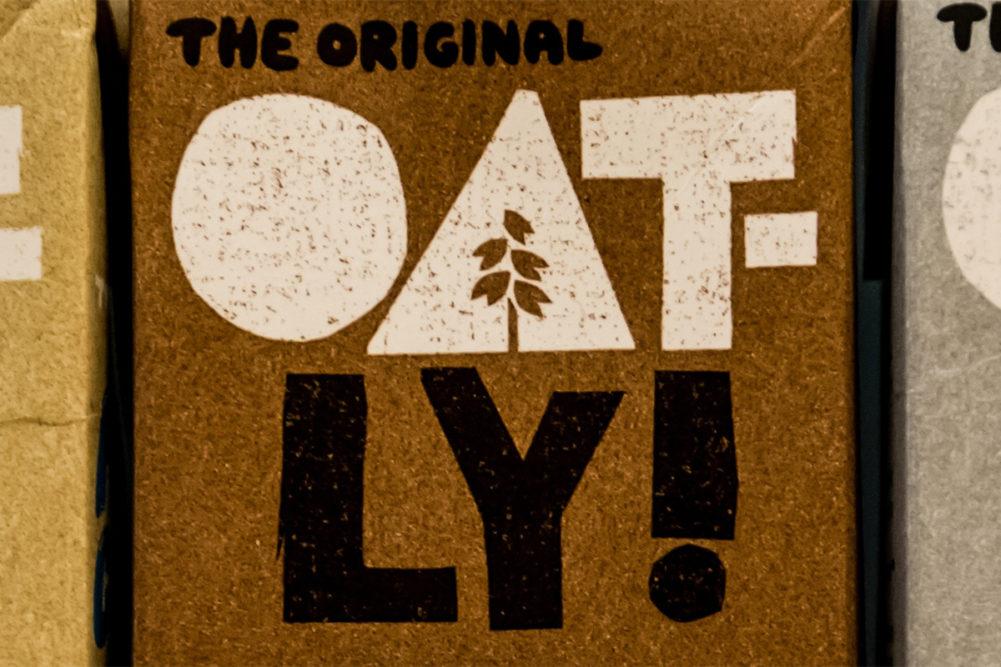MALMO, SWEDEN — Adding scale to a business is hard. It takes planning and timely execution. The Oatly Group’s fiscal third quarter is an example of what can happen when growing a business doesn’t go as planned.
The list of problems the company faced during the quarter ended Sept. 30 were many. In the US, for example, processing issues at the company’s Odgen, Utah, plant led to Oatly missing its production goals.
“This was further exacerbated due to COVID-19-related supply chain disruptions, which led to a delay in our team's ability to receive the required equipment to fix the issue in a timely manner,” said Toni Petersson, chief executive officer, during a Nov. 15 conference call with securities analysts.
In Asia, the spread of the Delta variant of COVID-19 led to a closure of foodservice locations. Approximately 75% of Oatly’s third-quarter revenues in Asia were generated from the foodservice channel. And, finally, a truck driver shortage in the United Kingdom related to Brexit delayed the distribution of products in the region.
The issues led Oatly to report a loss of $41.2 million during the quarter, wider than the loss of $10 million during the same period of the previous year.
Quarterly sales rose to $171 million from $115 million the year before.
While Mr. Petersson believes the issues are temporary, they will flow through to the end of the year, and sales will be short of company guidance. Oatly forecast fiscal 2021 sales of $690 million, but they are now expected be approximately $635 million, according to the company.
Management warned that additional supply chain disruptions may occur in 2022 and may affect how Oatly brings products to market.
“Based on the strong demand we continue to experience across our markets, we expect to strategically prioritize our oat base for the production of oat milk versus other food products to drive growth and conversion,” said Peter Bergh, chief operating officer. “We believe this further speaks to the growth potential we have and makes the tail for our growth trajectory even longer. But the revenue mix from these items could slightly impact our revenue and gross margin in 2022 if we sell less food products and rely more on co-packers than planned.”
Adding pressure on the company will be inflation related to key ingredients like oats and rapeseed oil.
“Oats account for 8% to 9% of our total cost of goods sold,” said Christian Hanke, chief financial officer. “Even with the oat drought conditions, we are well positioned with adequate oats supply to meet our anticipated growth this year and for financial year 2022.
“Rapeseed oil, which accounts for approximately 3 to 4 percentage points of our total cost of goods sold continued to be higher versus second quarter and the third quarter of last year. We expect the geographical localization of our production capacity, including bringing more of the production in-house, to provide some offset to inflationary pressures.”
Mr. Petersson said 2021 has been the most transformational year on Oatly’s history.
“We're adding new production capacity at an unprecedented pace for our company on three continents to meet the robust consumer demand for our market-leading brand, and working to execute this during a global pandemic is no small feat,” he said. “We are continuing to prioritize growth investments over profitability to best position Oatly to serve customers and consumers alike and to focus on taste, nutrition, sustainability, transparency and trust with a strong emotional connection to our brand.
“We believe these priorities are critical for accelerating conversion from the global dairy market, which we estimate to be worth approximately $600 billion in the retail channel alone with a large foodservice footprint and growing e-commerce opportunity.”





